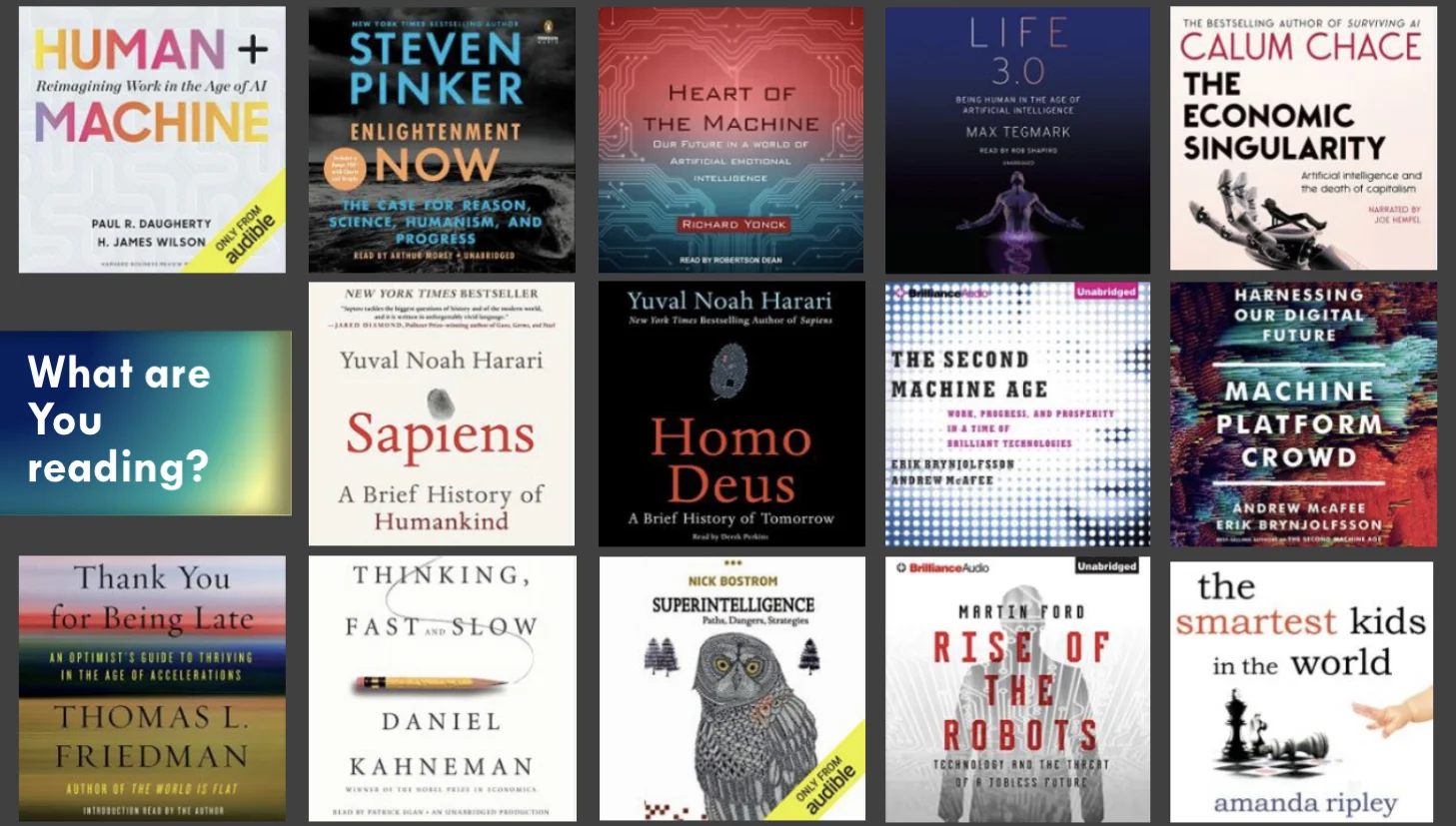When it comes to exponential growth, speed is one of your best advantages over large competitors. But how fast are we actually progressing when it comes to computing power? Will we ever be able to reach levels of the human brain, and if so, when?
The best predictor of future performance is past behavior. To see where we’re going, it’s a good idea to look at where we’ve been. If you enjoy a good read, go back and revisit my post on AI replacing our jobs.
On the path to singularity, exponential growth can be deceiving.
In that 2016 post, I forecasted that the world’s leading supercomputer would be operating around 135.5 Pflop/s (petaFLOPS/second) by 2018. Excitingly in 2018, IBM actually surpassed that number with their Summit system:
”Summit, an IBM-built system at the Oak Ridge National Laboratory (ORNL) in Tennessee, USA, remains at the #1 spot with an improved performance of 143.5 Pflop/s on the HPL benchmark, which is used to rank the TOP500 list.”
Since I’m less of a computer science researcher and more of an arm-chair AI nerd, I’m ok being off by 8 Pflop/s. Going back even further, we can see how the last decade of computing power evolved:
“In November 2008, an upgrade to the Cray XT Jaguar supercomputer… raised the system's computing power to a peak 1.64 petaFLOPS.”
So in the ten years between 2008 & 2018, we increased performance 100 fold. Does that mean we’ll reach 1.435 exaFLOPS (1,435,000 Pflop/s) by 2028? My educated guess is we’ll actually be closer to 4.33 Eflop/s by then, and here’s why.
Source: https://me.me/i/barber-instagram-funny-memes-192508
The funny thing about exponential growth is that it is not linear. Most people think progress is a straight, diagonal line. But with exponential growth, progress looks more like a hockey stick. Doubling by 2x takes a long time to grow, until it explodes upwards.
What does all this have to do with computers thinking like humans? It is estimated that the human brain operates at/around 1 Eflop/s, and uses ~100 terabytes of memory (debatable). Storage isn’t the problem, it’s the processing speed we need.
So, in theory if we can get to that magical 1 Eflop/s processing speed, we can start simulating the human mind! What’s crazy to think about is that in less than ten years we’ll have 4x that speed with our fastest, room-sized supercomputers… as long as we’re around then.
Climate Change, Nuclear War, or Unvaccinated Idiots might be the death of us all. However, is we can tip-toe our way past these extinction-level events, we may soon see the day where machines learn just like we do. And as we saw the room-sized calculators of the 1960’s turn into pocket calculators in the 1980’s, we might see human-level supercomputers of the 2020’s turn into pocket brains in the 2040’s!
What a truly exciting time to be alive!
Want to learn about how machine learning is evolving to impact the future of your career? Find more at zacengler.com
Check out my other posts to learn more about Machines Learning:
1) Ideation
2) Large Frame Pattern Recognition
4) Future-proofing Your Career
5) A.I. Stepping Into Life Series
Follow me on Twitter: @zacengler
Looking to learn from others? Check out my reading list:



